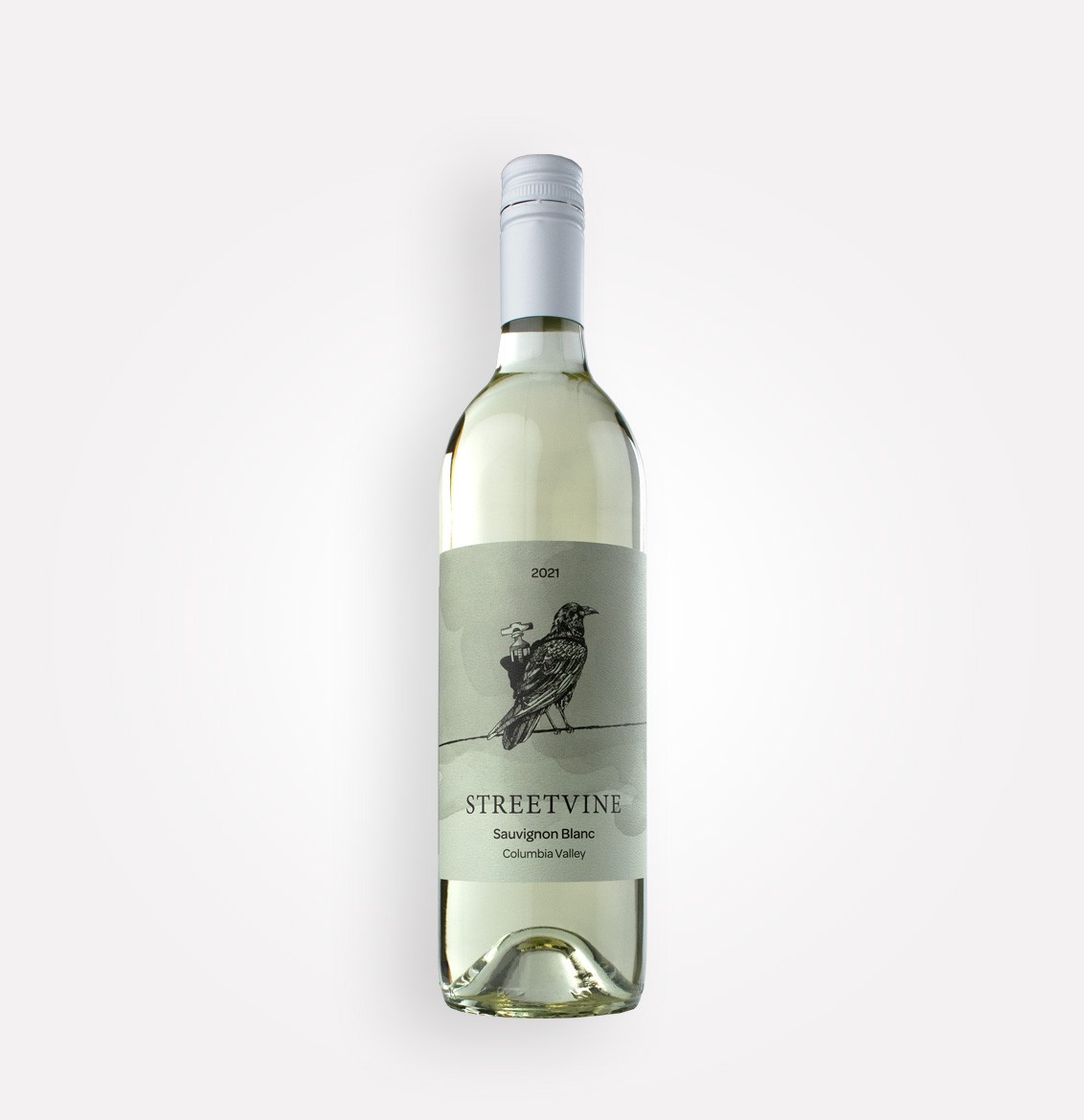The brief history of Washington wine isn’t that brief
Washington is in a bit of a golden age with bold expansion beginning around 2000, giving rise to the current 1000+ wineries and four billion dollars annual contribution to the state economy. Yet the history of Washington wine goes back to 1825 with the first planting of grapes at Fort Vancouver by the Hudson Bay Company. (Washington Wine Commission). Yes, that fur trapping, blanket-making Hudson Bay Company. Paul Gregutt, in his book Washington Wine and Wineries, provides a detailed look into the early years of winemaking in Washington.
The early years
Like other west coast states, viticultural expansion came from German and Italian immigrant settlers who planted grapes and made wine. In the Puget Sound area, grapes were planted on Stretch Island. The grapes were Island Belle, a Vitis labrusca grape similar to a Concord grape.
Perhaps the first significant expansion of agriculture and viticulture in eastern Washington came with large-scale irrigation in 1903. Vineyards began to spring up, and by 1914 the W.B. Bridgeman vineyard was established in the Yakima Valley. However, commercial vineyard development screeched to a halt in 1917 with the passage of Prohibition in Washington (Gregutt, 2010), getting a jump on the rest of the United States. It’s interesting to note that a provision of the federal law allowed individuals to produce 200 gallons per year for personal use during this time. The demand for grapes then was great and allowed for the preservation of some aspects of viticulture to continue.
Growth and wineries
Prohibition was repealed in 1933, and Dr. Walt Clore started his research trials for grape varietals in 1940 with Chas Nagel from Washington State University (WSU) making the trial wines. In 1960 the first commercial vineyards were planted in Washington. Two Washington stalwarts, Associated Vintners/Columbia Winery and the Chateau Ste. Michelle were established in 1962 and 1967 and remain two of the largest wineries in the state and a force within the wine industry. Since then, Washington’s story has been about the growth of the small winery both in eastern Washington and on the cool and wet west side of the state. With population centers in Washington, the Puget Sound area has seen explosive growth of converted office space wineries with energetic winemakers from all walks of life. The majority of grapes are still grown in Eastern Washington, so long hours on the road to wine.
Eastern Washington and viticulture
Eastern Washington is dramatically different than the west, a basalt floored desert cut by the Columbia River and subjected to brutal Pleistocene glacial floods. Harsh and beautiful, the Yakima Valley received its first American Viticulture Area (AVA) designation in 1983. There are now 20 distinct AVAs in Washington, typically large and diverse compared to its old-world companions. It is home to most Washington state vineyards and more than 240 wineries offering the chance to see where the grapes are grown and experience the wines on site.
Learn more about Washington wines
10 things we love about Washington wine
Five cool facts about Washington wine
Learn about Washington wine
Perspectives on Washington and Bordeaux
I’ll have a Washington white wine, thank you!





